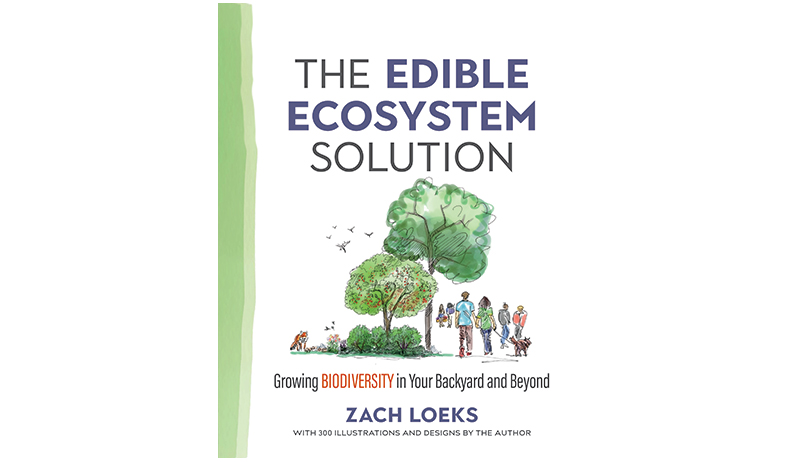
Our landscape is a checkerboard of green space. From every corner of this country, and every corner of every country, there is a call to action. We need to make use of this space!
When we take the time to look around, we notice that there is actually open space everywhere. This space is uniform, organized and accessible for anyone, anywhere to do something more and to grow a bit of an edible Eden.
Moreover, these spaces—whether edges of yards, back acres or strips along public walkways—are woefully underutilized.
Maybe this unused land is in lawn. Perhaps it’s just dirt or broken pavement. You could also find it in a scattering of ornamentals or a single-crop, monoculture field.
Read more: There’s never been a better time than now to build an edible ecosystem!
Ecological Benefits
In all cases, there is more to be had from these spots of land. Each holds potential to yield more in terms of food, of course. But these tracts of land could also provide a number of ecosystem services, like air and water purification, climate-change mitigation and community beautification.
With ecosystem design comes heightened yields provided by biodiverse management of land. But, alongside this critical benefit, it can also usher in the environmental, social and economic services ecosystems foster.
These services have always been critical to human success and prosperity. Increasingly, however, you’d struggle to locate them on land in and around where we live. And this land is where we need it most!
I find it fascinating that all the benefits of a large-landscape ecological system can exist within a 25-square-foot micro landscape. And many micro landscapes tended by many stewards make massive benefits for society and communities.
Food security, environmental sustainability, economic resilience and the overall health and well-being of people are all issues at the forefront of our national and global debates these days. So, it seems clear to me that the solution must include an ecosystem design approach to land management—especially when we have so much under-utilized land to transition to these immense benefits.
And that’s why I wrote my most recent book, The Edible Ecosystem Solution. I not only wanted to explore our untapped potential to change local land use, but provide a framework for change and actionable solutions that any of us can undertake in our own backyards and communities.
Below you’ll find information about the book, as well as links to learn more.
Grow On,
Zach
The Edible Ecosystem Solution

The Edible Ecosystem Solution, written by the author of this series of articles for Hobby Farm magazine, is hot off the press. The book offers step-by-step designs for transforming micro landscapes to to high-yielding gardens, edible landscape and ecosystems. The book also outlines a clear framework for how we can leverage our bits of land to create lasting change.
With over 300 designs, illustrations and photos by Zach Loeks, this book is an easy and enjoyable read. It was designed to serve as a practical, inspirational and essential tool in the kit of gardeners, designers and change-makers in our modern world.
Want to learn more? Check out The Edible Ecosystem Solution at the Ecosystem Solution Institute online shop!
“Resilience in an increasingly uncertain future demands that most of our food must be grown locally. Zach Loeks provides an approach that will be vital in a warming world.” —David Suzuki
“This richly illustrated book brings the permaculture vision of a recreated Garden of Eden to new audiences ready to dive into their own edible ecosystems.” —David Holmgren, Co-originator of permaculture




